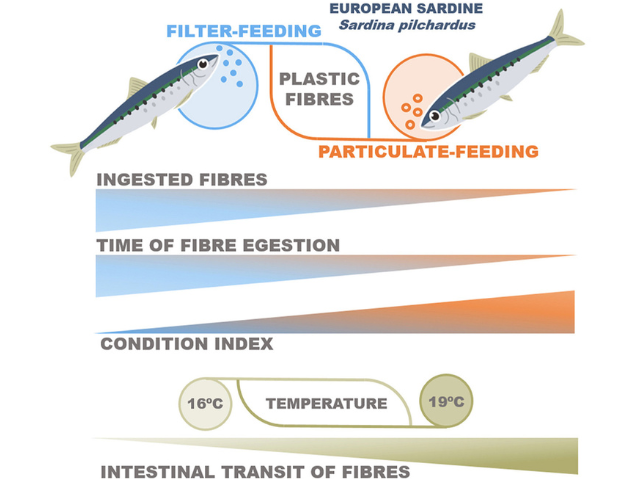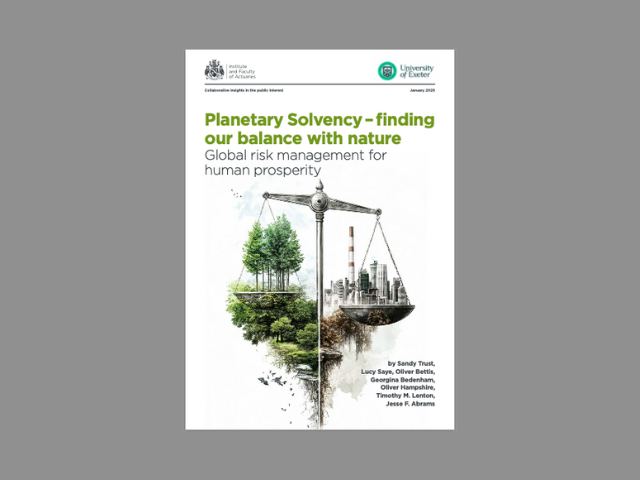
Evapotranspiration rises off the forest in the mountains of Ren’ai Township, Taiwan. Credit: Erica Gies
And What Nature Is Trying to Tell Us
Not long ago, wildfires tore through Los Angeles in the middle of winter. That caught a lot of people off guard. Winter fires used to be rare. But meteorologists weren’t surprised. They had already seen signs: unusually dry air, low humidity, and the perfect conditions for flames to spread.
With climate change, this “fire weather” is happening more often — not just in California, but in places like Canada, southern Europe, and the U.S. Southeast. Here’s the mystery: even though the world is getting warmer, some dry places aren’t getting more humid — they’re getting drier. So where is all the moisture going?
The Science Behind Moisture and Warming
Scientists know that warmer air can hold more water. It’s a basic rule called the Clausius–Clapeyron relationship, which says that for every 1°C (1.8°F) of warming, the atmosphere can hold about 7% more moisture.
Climate models — the computer programs scientists use to predict the future — say we should see more moisture in the air everywhere as the world warms. And that’s exactly what’s been happening in some places. For example, intense floods in Pakistan, Germany, and New York City were made worse by extra moisture in the air.
But over drylands — places like the U.S. Southwest, parts of Africa, and Australia — the models seem to be wrong. Instead of more moisture, the air is staying just as dry… or getting drier.
Missing Moisture: What’s Going Wrong?
Atmospheric physicist Isla Simpson and her team noticed this odd pattern by studying 40 years of weather data. In places that were already dry, humidity wasn’t going up. In some cases, like the American Southwest, it was going down.
The big question is: Why?
One possible answer is that plants and soil aren’t giving off as much water vapor as the models expect. Normally, plants “sweat” through tiny pores in their leaves, releasing moisture into the air — a process called transpiration. Soil also releases water. But under stress — like heat, drought, or damage — this natural system seems to slow down.
And here’s the twist: most climate models don’t fully account for the biology of plants and soil. They focus more on oceans, ice, and the atmosphere, and less on the living systems that also affect the climate.
Why Plants and Soil Matter
It turns out that plants and soil do much more than just sit there. They help regulate temperature and rain patterns. When plants release moisture, the moister:
- Cools the air (like sweat on skin)
- Helps clouds form
- Helps spread rain farther inland
Healthy soil also plays a major role:
- It holds water like a sponge
- It supports fungi and bacteria that help form rain clouds
- It slows down water runoff, keeping landscapes cooler and wetter
But when ecosystems are damaged, this water-holding system breaks down. The land dries out, gets hotter, and becomes more prone to droughts and fires.
Living ecosystems help cool and moisten the Earth. Damaged ecosystems make it hotter and drier.
How Humans Made It Worse
You might wonder: how did this happen on such a large scale?
The answer lies in how much we’ve changed the land:
- 75% of the Earth’s land has been severely altered by human activity (IPBES, 2019)
- Grasslands and savannas are overgrazed
- Wetlands are drained
- Forests are logged and replaced with tree farms
- Industrial farming strips soil of life and nutrients
Even when we replant trees, they’re often monocultures (just one species), which don’t support the same soil health or moisture processes as natural forests. These changes might look green from space, but they don’t function the same way.
What We Can Do About It
When it comes to tackling climate change, we often hear about personal habits such driving less, eating differently, using less energy. While these actions matter, the biggest changes come from policies and systems. That’s why the most important thing we can do is use our voices and our votes.
Elect Leaders Who Protect Nature
- Support candidates who prioritize ecosystem protection, climate resilience, and land stewardship
- Ask hard questions: Will you protect native forests? Will you fund soil and water restoration?
- Vote in local, state, and national elections. These decisions directly impact land use and climate outcomes
Hold Politicians Accountable
- Follow up after elections by tracking what your representatives are doing for the environment
- Attend town halls, write to your lawmakers, and support environmental advocacy groups
- Push for science-based policies that restore biodiversity, water systems, and climate stability
When leaders understand that voters care about land and water — not just carbon — they’re more likely to act. Restoring ecosystems isn’t just good science, it’s good politics.
Restore Natural Ecosystems
- Let native forests regrow instead of planting single-species trees
- Support healthy grasslands with better grazing practices
- Protect wetlands and water sources
Care for the Soil
- Reduce tilling and chemical use
- Encourage farming methods that boost soil life
- Plant cover crops that help the land retain moisture
Think Local and Global
- Support community land stewards and Indigenous practices
- Include land care in climate solutions, alongside reducing carbon emissions
Restoring ecosystems brings powerful benefits: it can increase local rainfall, cool surrounding areas, reduce the risk of fires and droughts, and support healthier biodiversity. These natural systems do more than sustain wildlife — they help protect our communities too.
Summing Up
Climate change isn’t just about carbon dioxide — it’s also about water, life, and how we care for the land. When dry places get even drier, it’s a sign that something’s out of balance.
By listening to nature and recognizing the role of plants, soil, and ecosystems, we can develop better climate models, smarter solutions, and a safer future. As the science shows, protecting living systems doesn’t just help animals and plants. It helps us too.
Let’s care for the land as part of how we care for the climate.
Source: Gies, E. (2025, June 20). Climate science and the case of the missing moisture. Nature Water, 3, 634–637. https://www.nature.com/articles/s44221-025-00455-2?error=cookies_not_supported&code=4b4f3552-589a-41ae-8609-2d2a00e407f1


